The Ultimate Guide on How to Collect Seeds from Basil for Your Garden
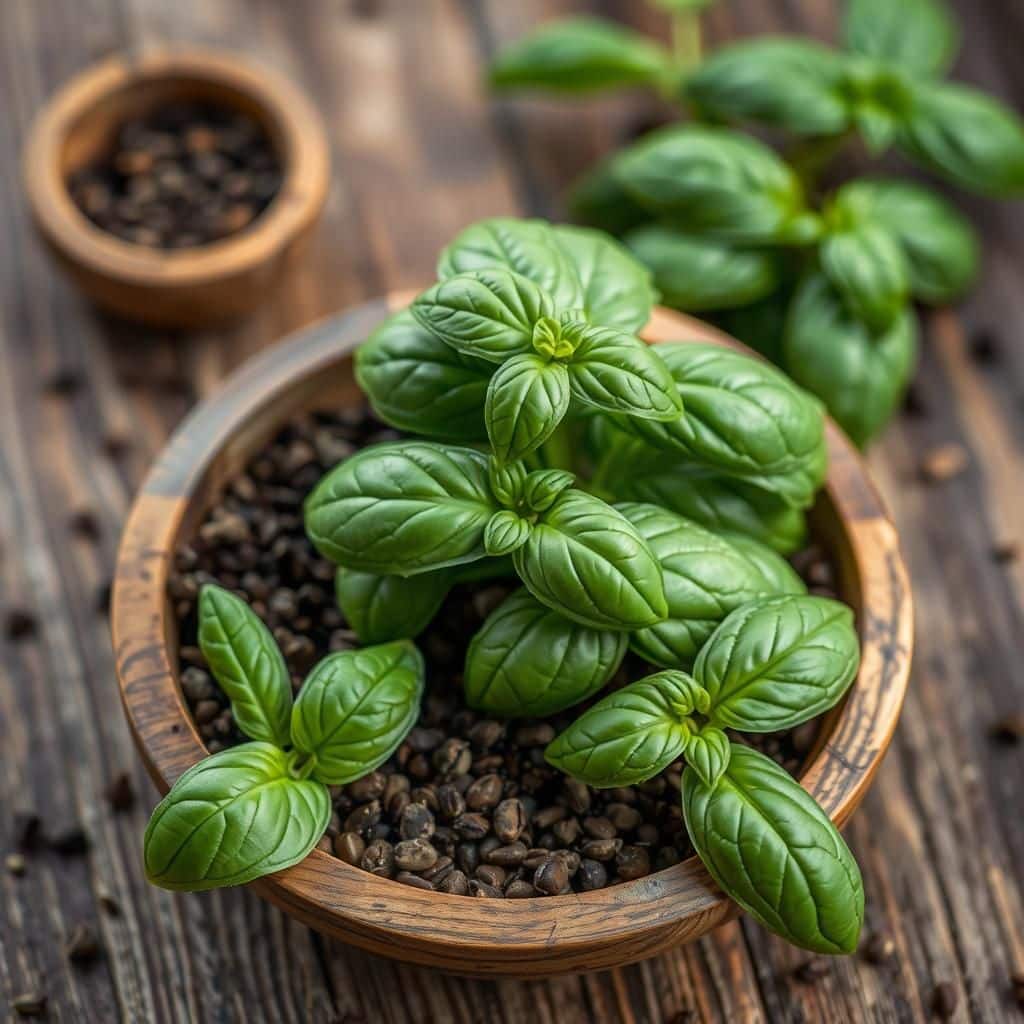
Basil is a beloved herb known for its aromatic leaves and versatility in culinary dishes. If you're passionate about gardening and want to ensure a continuous supply of this fragrant plant, learning how to collect basil seeds is essential. In this ultimate guide, we'll walk you through the step-by-step process of harvesting and storing seeds from your basil plants effectively. Whether you're a seasoned gardener or just starting, you'll find valuable tips to enhance your gardening experience and cultivate your own basil crop year after year. Get ready to enjoy the satisfaction of growing basil from seed!
How to Collect Seeds from Basil
To successfully collect seeds from basil, it is essential to allow the flowers of the basil plant to mature fully. Once the flowers have dried out and turned brown, the seed heads can be harvested. This usually occurs at the end of summer or early fall, depending on your growing season. Gently cut the seed heads with scissors, and place them in a paper bag to finish drying. After a week, you can shake the bag gently to release the seeds from the dried flower heads. Be sure to store the seeds in a cool, dry place in an airtight container until you are ready to plant them.
Identifying Mature Basil Flowers
To collect seeds effectively, it's crucial to know when the basil flowers are mature. Look for flowers that have dried out and started changing color, typically brown or beige. You should see the petals dropping off, which indicates that the seed pods are ready to be harvested. The ideal time to collect these is just before the first frost, as this is usually when the seeds reach full maturation.
Harvesting Basil Seed Heads
When harvesting basil seed heads, use clean, sharp scissors to snip them off the plant. Make sure to select only the healthiest and most robust flower heads for the best chance of quality seeds. It’s advisable to do this in the late morning when the dew has evaporated to prevent moisture-related issues during storage. Gather them in a paper bag for ease of handling and drying.
Drying Basil Seeds
After harvesting, place the basil seed heads in a paper bag in a warm, dry area out of direct sunlight. This allows them to dry completely, which usually takes about a week. The drying process is essential, as it helps prevent mold development and ensures that the seeds remain viable for future planting. Once fully dried, you can begin to extract the seeds.
Extracting Seeds from the Seed Heads
To extract the seeds, gently shake or rub the dry seed heads in the paper bag. This action will cause the seeds to fall out and collect at the bottom of the bag. Be sure to do this carefully to avoid damaging any seeds. After extracting the seeds, you may want to sift out any remaining plant debris or chaff for cleaner storage.
Storing Basil Seeds
Once you have collected and cleaned your basil seeds, it's important to store them properly to maintain their viability. Use airtight containers such as glass jars or sealed plastic bags to prevent moisture from getting in. Label each container with the date of collection and the variety of basil for future reference. Keep the seeds in a cool, dry place like a refrigerator or a dark cupboard to extend their shelf life.
| Step | Description |
|---|---|
| 1 | Identify mature basil flowers by checking for dried, brown petals. |
| 2 | Harvest seed heads using clean scissors and place them in a bag. |
| 3 | Dry the seed heads in a warm, dry area for about a week. |
| 4 | Extract seeds by shaking or rubbing the dried heads. |
| 5 | Store seeds in airtight containers in a cool, dry place. |
How to tell when basil seeds are ready to harvest?
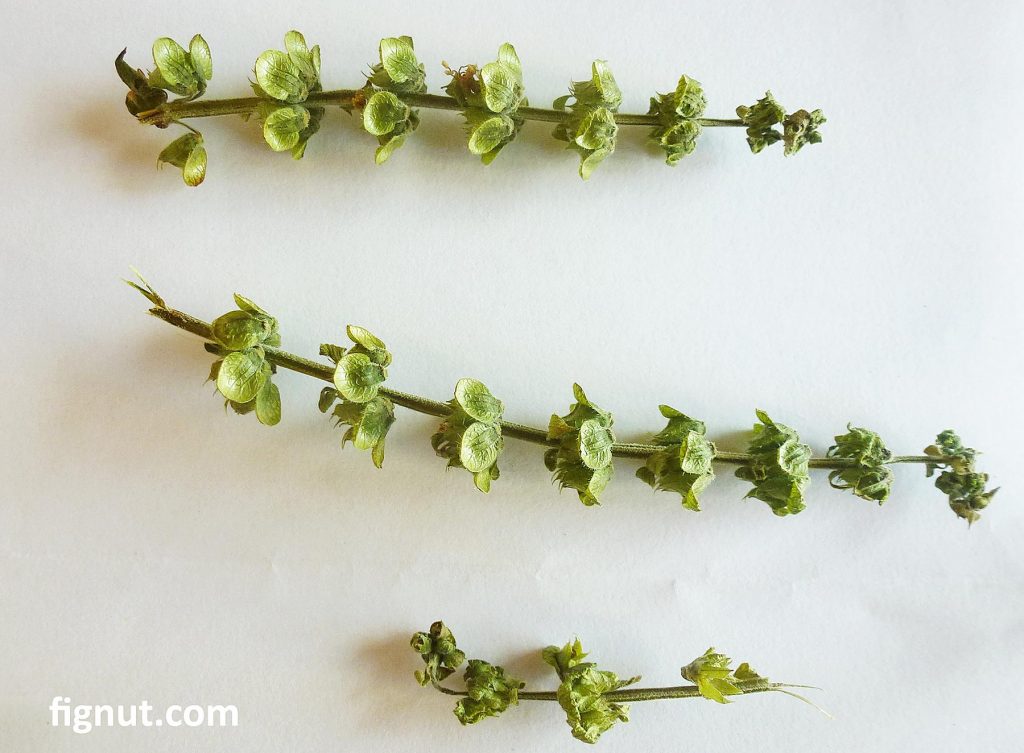
To determine when basil seeds are ready for harvesting, you need to observe several indicators related to the seed pods' readiness. Generally, basil seeds are harvested once the flower spikes turn brown and dry, which indicates that the seeds inside are mature and ready for collection. Here's a detailed guide on how to assess their readiness:
Visual Indicators of Maturity
The first step in identifying when basil seeds are ready to harvest is examining the visual characteristics of the flower spikes. Look for the following:
See also: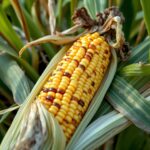
- The flower spikes should be brown and dry.
- Seeds may begin to fall out of the pods if they are overly mature.
Tactile Assessment
When you gently squeeze the seed pods, you should feel a clear difference between immature and mature pods. To assess tactility, follow these points:
- If the pods feel hard and brittle, they are likely ready to harvest.
- Pods that are still soft or flexible indicate that the seeds are still developing.
- Pay attention to how many seeds fall out when squeezed—more falling seeds generally suggest readiness.
Timing of Harvest
Timing is crucial for successful basil seed harvesting. The appropriate timing can depend on several factors:
- Typically, you should wait between 70 to 90 days after planting the basil seeds.
- Harvest during dry weather to avoid moisture-related issues with the seeds.
- Late summer is often the best time, but it can vary based on climate conditions in your region.
Post-Harvest Preparation
Once you have determined that the basil seeds are ready, preparing them for storage is vital. Consider these steps:
- Remove the seeds from the pods and let them air dry for a few days.
- Store the seeds in a cool, dry place to ensure longevity.
- Consider marking your storage container with the date to track their age.
Signs of Overripe Seeds
It's equally important to recognize the signs that basil seeds may have surpassed their prime. Key indicators include:
- Pods that are overly crisp and shattered upon touch.
- Seeds that appear dark and hard might have diminished viability.
- Sprouting or any signs of mold indicate that the seeds have likely gone bad.
Can I take basil seeds without soaking?
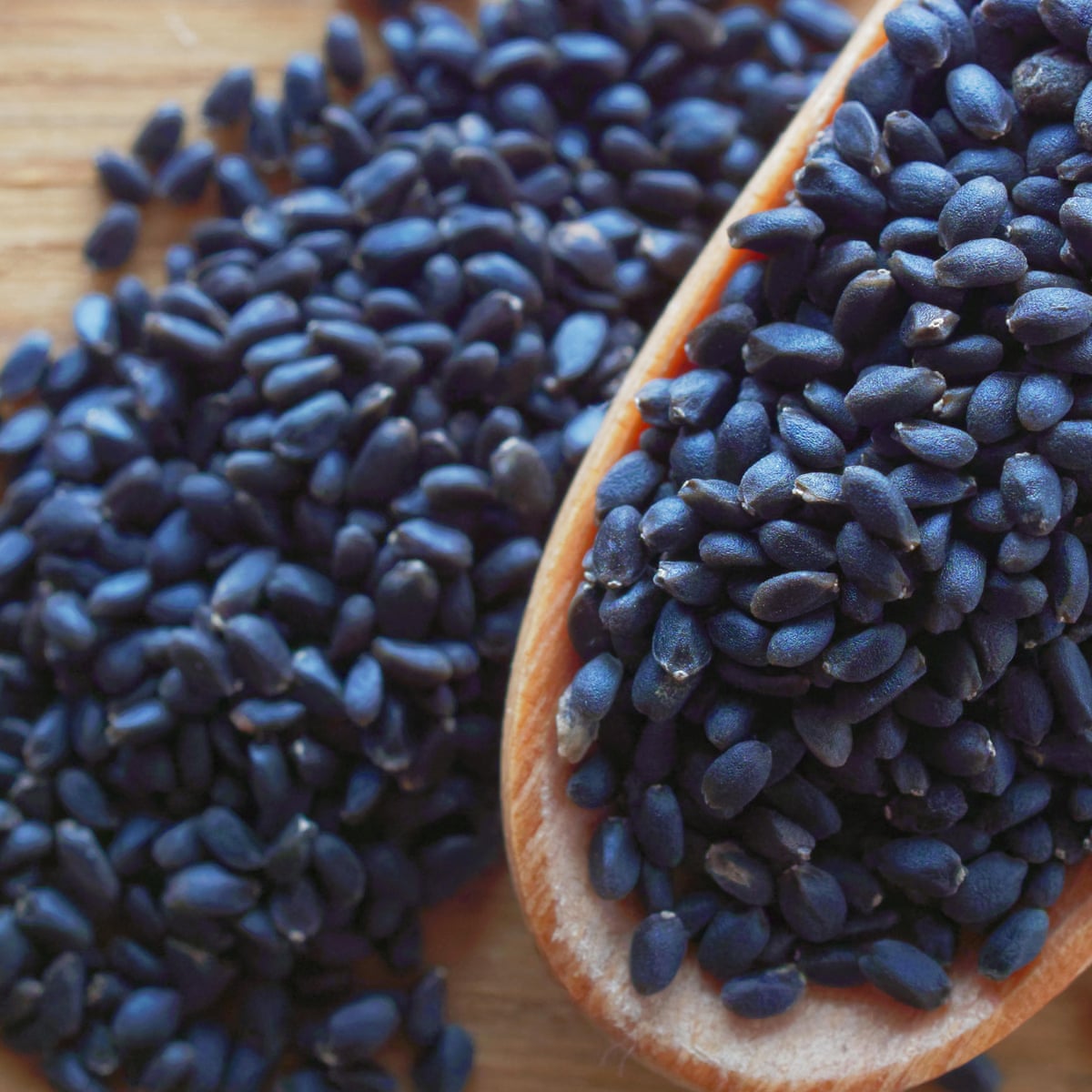
Yes, you can take basil seeds without soaking them, but there are several factors to consider that may influence their effectiveness and your overall experience. Basil seeds, also known as sweet basil seeds, are often used for various health benefits and culinary purposes. They can be consumed raw, but soaking them beforehand can enhance their nutrient absorption and improve texture. Here are some key points to consider:
Health Benefits of Basil Seeds
Basil seeds are rich in nutrients and have been associated with various health benefits:
- High in fiber: Aids in digestion and helps maintain bowel health.
- Hydration: Can help keep you hydrated due to their ability to absorb water.
- Rich in antioxidants: Protects the body from free radical damage.
- May aid weight loss: Can promote a feeling of fullness when consumed.
- Supports heart health: Contains healthy fats that may improve cardiovascular function.
Consuming Basil Seeds Without Soaking
While you can consume basil seeds without soaking them, there are a few considerations to keep in mind:
- Lack of texture: The seeds will not expand as much, resulting in a crunchy texture.
- Digestibility: They may be harder to digest when eaten dry.
- Less hydration: Consuming them without soaking may not provide the same hydrating benefits.
- Flavor enhancement: Soaked seeds may absorb flavors from liquids better.
- Potential choking hazard: Dry seeds may pose a risk if not consumed with adequate liquid.
How to Consume Basil Seeds Without Soaking
If you choose to consume basil seeds without soaking, there are several effective ways:
- Add to smoothies: Blend them into smoothies for added nutrition.
- Mix with yogurt: Incorporate them into yogurt for a healthy snack.
- Sprinkle on salads: Use as a topping on salads for an added crunch.
- Combine with desserts: Add to puddings or desserts for texture.
- Incorporate into beverages: Stir into water or juices for an interesting twist.
Soaking Basil Seeds: Why It’s Recommended
Soaking basil seeds is often recommended for several reasons:
See also: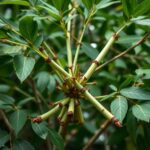
- Increased absorption: Soaking makes nutrients more bioavailable.
- Improved texture: Soaked seeds become gel-like and easier to consume.
- Enhanced hydration: They can absorb up to 10 times their weight in water.
- Reduced choking hazard: Hydrated seeds are safer to consume.
- Better culinary applications: Soaked seeds are more versatile in recipes.
Potential Side Effects of Consuming Basil Seeds
While basil seeds are generally safe to eat, there can be potential side effects:
- Allergic reactions: Some individuals may experience allergies.
- Digestive upset: Consuming in excess can lead to gastrointestinal issues.
- Interaction with medications: May affect blood sugar levels and interact with diabetes medications.
- Choking risk: Dry seeds may pose a choking hazard if not accompanied by sufficient liquid.
- Consult with a doctor: Always consult a healthcare provider if unsure about consumption.
Can you dry basil flowers for seeds?

Yes, you can dry basil flowers for seeds. Basil (Ocimum basilicum) is a popular herb used in cooking, and its flowers can be harvested to produce seeds. Drying the flowers is an essential step in the seed saving process, as it allows the seeds to mature properly. When the flowers are dried, the seeds can be collected and stored for future planting.
Understanding Basil Flower Lifecycle
The lifecycle of basil is essential for effective seed saving:
- Germination: Basil seeds require warmth and moisture to germinate, typically sprouting within 5 to 10 days.
- Flowering: Once the basil plant is mature, it will produce flowers. This usually happens after about 6 to 8 weeks of growth.
- Seed Formation: After flowering, the plant begins to form seeds within the flower heads.
Best Time to Harvest Basil Flowers
Timing is crucial when it comes to harvesting basil flowers:
- Full Bloom: Wait until the flowers have fully bloomed before harvesting for seeds, as this indicates the seeds are mature.
- Color Change: Look for flowers that have turned brown or dried out on the plant, signifying that the seeds are ready to be harvested.
- Environmental Conditions: Harvest on a dry, sunny day to minimize moisture, which can affect the drying process.
How to Dry Basil Flowers
Proper drying techniques can enhance seed viability:
- Cutting: Use scissors or pruners to cut the flower heads from the plant, leaving about 4 inches of stem attached.
- Drying Location: Place the cut flowers in a dry, well-ventilated area, out of direct sunlight, which can degrade the seeds.
- Storage Duration: Let the flowers dry for about 1 to 2 weeks, until they feel crisp to the touch.
Collecting Seeds from Dried Flowers
Once dried, collecting seeds is straightforward:
- Breaking Apart: Gently break apart the dried flowers over a bowl or paper to capture the seeds.
- Cleaning Seeds: Remove any chaff or debris by blowing lightly or sifting through a fine mesh.
- Storage: Store the cleaned seeds in a cool, dark place in a sealed container to maintain their viability.
Benefits of Saving Basil Seeds
Saving basil seeds offers several advantages:
- Cost-Effective: Growing your own basil from seeds saves money, as you won't need to purchase new plants or seeds each season.
- Variety Preservation: You can preserve specific varieties of basil that you like, ensuring continuity in flavors.
- Self-Sufficiency: Saving seeds empowers gardeners to be more self-sufficient and connected to their gardening practices.
Questions from Our Readers
How do I know when basil seeds are ready to be collected?
When basil seeds are ready to be collected, the flower heads will turn brown and dry. It's important to wait until the flowers have completely dried on the plant, as this indicates that the seeds are mature. If you collect them too early, the seeds may not be viable.
What is the best method to collect basil seeds?
To collect basil seeds, simply cut the dried flower heads and place them in a paper bag or envelope. Allow them to sit for a few days to ensure they are fully dry, then gently shake or rub the flower heads to release the seeds.
See also: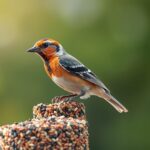
How should I store basil seeds after collecting them?
After collecting basil seeds, store them in a cool, dark, and dry place. Ideally, use an airtight container or envelope to keep them protected from moisture and light, which can reduce their viability over time.
Can I collect seeds from store-bought basil?
Yes, you can collect seeds from store-bought basil, but it’s important to note that many commercial varieties are hybrids. If the basil is a hybrid, the seeds may not produce plants that are true to the parent, so it's often best to collect from plants that you have grown yourself for reliable results.

If you want to read more articles like The Ultimate Guide on How to Collect Seeds from Basil for Your Garden, we recommend you check out our Seeds category.
Leave a Reply
Related Articles